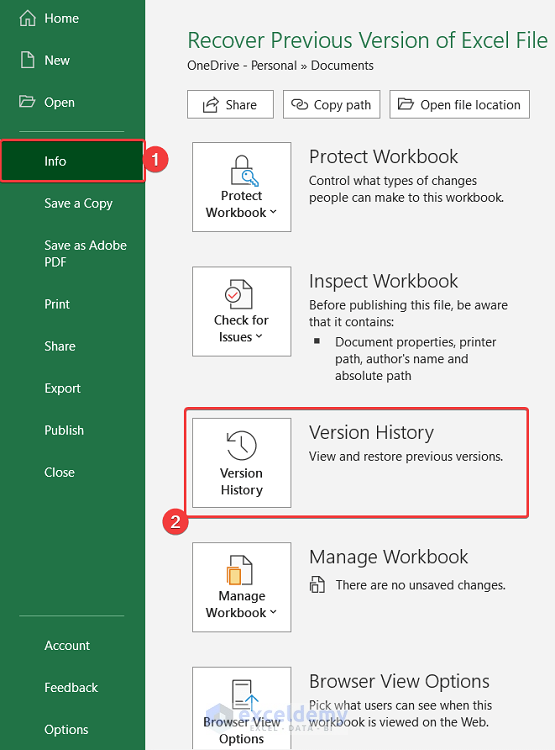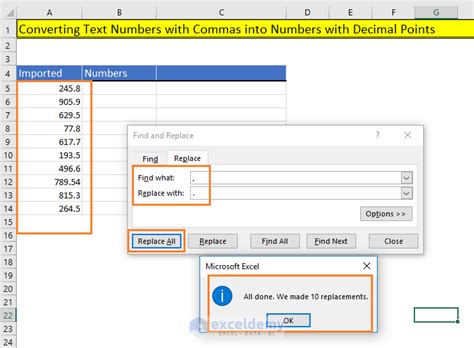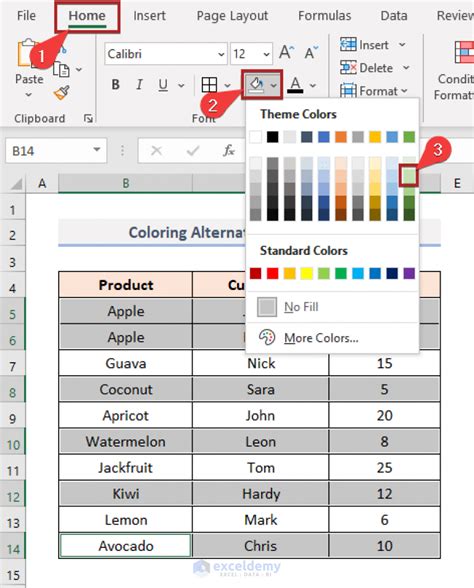5 Tips Excel Truck Group

Introduction to Excel for Truck Groups
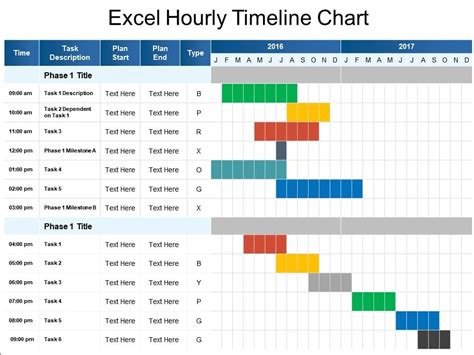
Managing a truck group can be a complex task, involving various aspects such as vehicle maintenance, route optimization, and financial management. Microsoft Excel is a powerful tool that can help streamline these processes, making it easier to manage and analyze data. In this article, we will explore five tips on how to use Excel to improve the management of a truck group.
Tip 1: Create a Vehicle Maintenance Schedule

Regular maintenance is crucial for the longevity and efficiency of trucks. Excel can be used to create a maintenance schedule, ensuring that all vehicles are serviced on time. The following steps can be followed: * Create a table with columns for vehicle ID, last service date, and next service date. * Use conditional formatting to highlight vehicles that are due for maintenance. * Set up reminders using Excel’s built-in notification features.
Tip 2: Optimize Routes using Excel

Route optimization is critical for reducing fuel consumption and increasing delivery efficiency. Excel can be used to analyze route data and identify the most efficient routes. The following steps can be followed: * Create a table with columns for route ID, distance, and fuel consumption. * Use formulas to calculate the most efficient route based on distance and fuel consumption. * Use pivot tables to analyze route data and identify trends.
Tip 3: Manage Finances with Excel
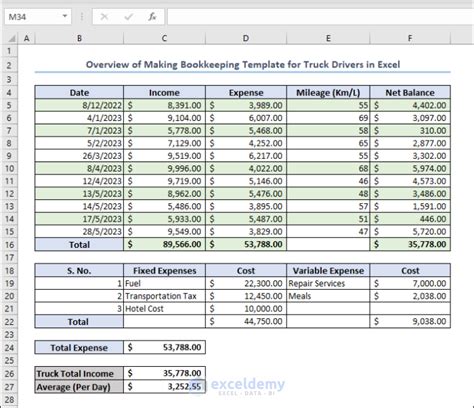
Financial management is a critical aspect of managing a truck group. Excel can be used to track expenses, create budgets, and analyze financial data. The following steps can be followed: * Create a table with columns for expense type, date, and amount. * Use formulas to calculate totals and create budgets. * Use charts to visualize financial data and identify trends.
Tip 4: Analyze Driver Performance

Analyzing driver performance is essential for improving safety and efficiency. Excel can be used to track driver data, such as hours driven, fuel consumption, and safety records. The following steps can be followed: * Create a table with columns for driver ID, hours driven, and fuel consumption. * Use pivot tables to analyze driver data and identify trends. * Use conditional formatting to highlight drivers who require additional training.
Tip 5: Create a Dashboard for Real-Time Data

A dashboard can be used to display real-time data, providing insights into the performance of the truck group. Excel can be used to create a dashboard, using features such as pivot tables and charts. The following steps can be followed: * Create a table with columns for key performance indicators (KPIs) such as vehicle utilization, fuel consumption, and safety records. * Use pivot tables to analyze KPI data and identify trends. * Use charts to visualize KPI data and display on the dashboard.
💡 Note: It is essential to regularly update and maintain the Excel sheets to ensure that the data remains accurate and relevant.
In summary, Excel is a powerful tool that can be used to improve the management of a truck group. By creating a vehicle maintenance schedule, optimizing routes, managing finances, analyzing driver performance, and creating a dashboard for real-time data, truck groups can streamline their operations and improve efficiency.
What is the most important feature of Excel for truck group management?

+
The most important feature of Excel for truck group management is the ability to analyze and visualize data, allowing for informed decisions to be made.
How can I use Excel to optimize routes for my truck group?

+
You can use Excel to optimize routes by creating a table with route data, using formulas to calculate the most efficient route, and using pivot tables to analyze route data and identify trends.
What are the benefits of using Excel for financial management in a truck group?

+
The benefits of using Excel for financial management in a truck group include the ability to track expenses, create budgets, and analyze financial data, allowing for better financial decision-making.
